Fairway Reviews
Review: Callaway Great Big Bertha and Alpha 816 fairway woods
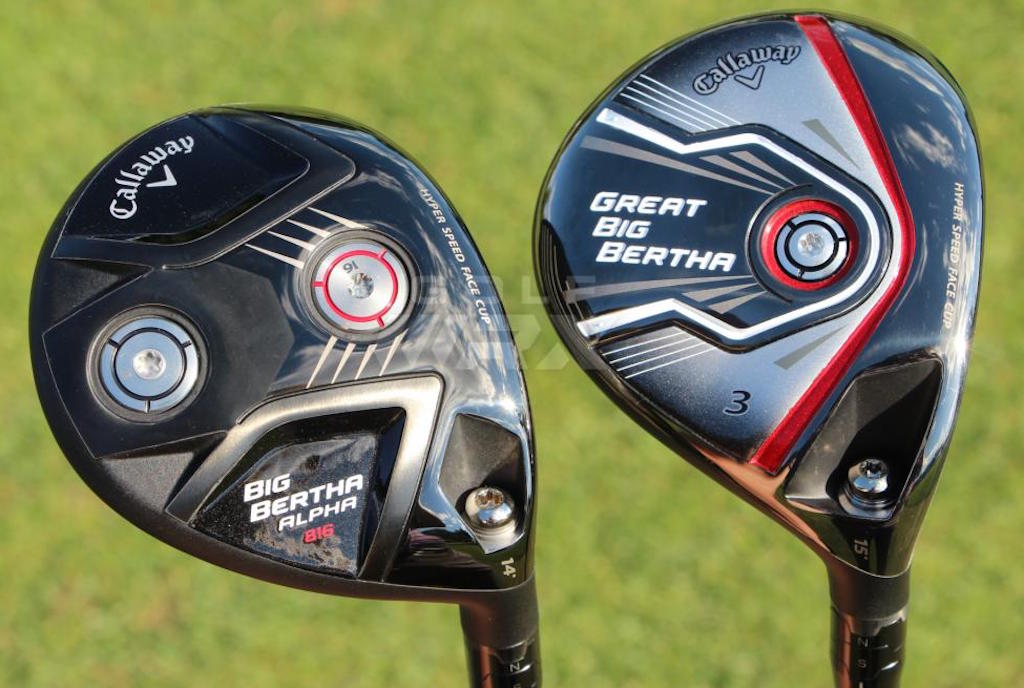
Pros: The Great Big Bertha is Callaway’s most forgiving fairway wood, and the Alpha 816 can be configured with two different CG positions (forward and back), giving better players the ability to alter launch conditions independent of loft. Both fairway woods offer some of the fastest ball speeds we’ve seen in testing.
Cons: Unlike Callaway’s Great Big Bertha and Alpha 816 drivers, the fairway woods don’t allow golfers to move CG more toward the toe or heel.
Who’s It For?: The Alpha 816 is designed for better players, especially those in search of a flatter trajectory. The Great Big Bertha targets golfers who need more forgiveness or want to hit their fairway woods higher.
The Review
Fairway woods or “metals,” as the old timers at my club like to call them, are packed with just as much technology and performance as their larger brethren. And for all the attention drivers garner, fairway woods occupy a crucial space in the bag of any any golfer.
To fill that crucial space, however, different golfers need different solutions. “What kind of fairway wood do I need and what do I need it to do?” If you’re interested in a new fairway wood, that’s the question you should be asking yourself. And Callaway has two new answers for golfers to consider.
Big Bertha Alpha 816 ($299.99)
When it comes to packing as much technology as possible in a fairway woods, few models can match Callaway’s Big Bertha Alpha 816. It’s the first Callaway fairway wood to use the company’s Forged Composite Crown, which helps lower the center of gravity (CG) to reduce spin. It has two adjustable weights (16 grams and 3 grams), allowing golfers to adjust the CG location to alter spin and launch conditions independent of loft.
If you want to hit the Alpha 816 lower, position the 16-gram weight in the forward weight port and the 3-gram weight in the rear weight port. If you want to maximize forgiveness or need a higher ball flight to improve carry distance, swap the weights. Positioning the heavier weight in the rearward position will also add a bit of draw bias to the club, while moving it forward makes the clubs slightly more fade biased.
Great Big Bertha Alpha 816 ($249.99)
The next option is the Great Big Bertha. Like the 816 Alpha, it comes with the 8-way Optfit hosel adjustable hosel. While there are no moveable weights on its sole, the hosel provides a 3-degree range of adjustability, and each of the three possible loft settings can be paired with a unique lie setting — neutral or draw.
The Great Big Bertha lacks the CG adjustability of the Alpha 816, but its target audience won’t be interested in that. It’s for golfers who can be helped by a slightly higher-spinning fairway wood, those who prefer a fairway wood with maximum forgiveness, or both.
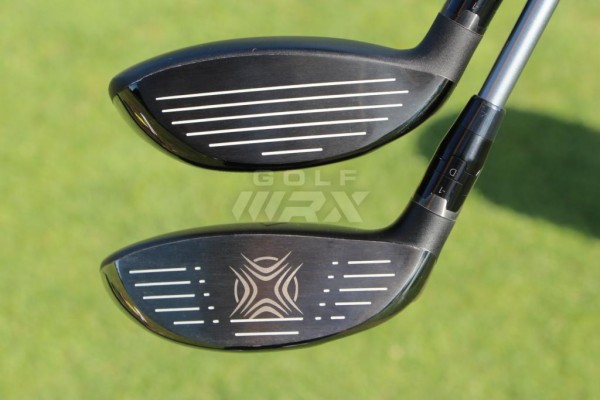
Callaway Big Bertha Alpha 816 (top), Great Big Bertha
Now that pretty much every OEM offers some type of fast-face technology, being the “longest” fairway wood doesn’t carry the same weight that it used to carry, but the Great Big Bertha and Alpha 816 are extra long. They’re likely two of the longest, if not the longest fairway woods currently available in their classes.
The Results
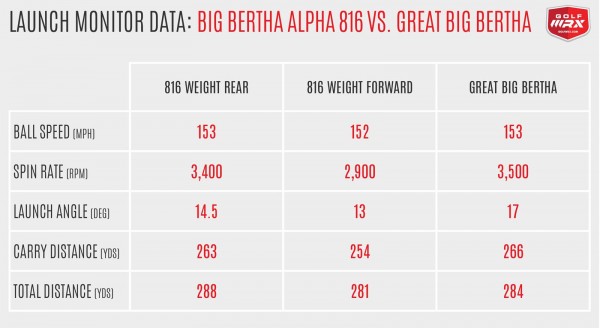
Both clubs were tested on a FlightScope X2 Monitor at 5000 feet of elevation. Results show the average of 15 shots, tossing out the two best and two worst as well as any obvious outliers.
Through testing, both the Great Big Bertha and Alpha 816 exhibited excellent feel and responsiveness, especially on shots hit slightly toward the toe or heel. Give credit to Callaway’s extremely thin and light Forged Hyper Speed Face Cup, which improves ball speed on shots hit across the face.
It’s no coincidence that Callaway’s XR (2015) and X2 Hot fairway woods (2014), which also used Face Cup technology, were the top-ranked fairway woods in our Gear Trials Club Test in their respective years. The technology continues to churn out some of the fastest ball speeds we see in our fairway woods tests.
When it comes to looks, the fairway woods don’t appear all that different from one another at address, but there is a size difference — the Alpha 816 is 165 cubic centimeters, while the Great Big Bertha is 182 cubic centimeters. The Great Big Bertha uses Callaway’s Chevron logo as an alignment aid while the Alpha 816 has no alignment aid, but both fairway woods are all-business at address thanks to their matte black crowns.
I reviewed Callaway’s Alpha 815 fairway woods last year, and in the review I made mention of just how much of a change in ball flight I saw when the orientation of the 30-gram and 3-gram weights were switched. Apparently, being able to reposition 27 grams of weight proved to be too much, as Callaway received feedback that many golfers preferred weight configurations that were less severe. So with the Alpha 816, there’s a little less than half (13 grams) of weight to move back and forth. That’s enough for a noticeable change in ball flight, but it’s less than than it was with the Alpha 815.
It’s my hunch is the vast majority of players who bag the Alpha 816 will find the rearward weight setting to work best, as it’s still a low-spinning fairway wood in that configuration, and offers extra forgiveness, too. As you might have noticed in the testing data, I generated an average of 1 mph more ball speed with the Alpha 816 moving the weight rearward, creating the longest overall shots.
Tech Talk: Learn more about the technology in the Great Big Bertha and Alpha 816 fairway woods.
Distance and accuracy are generally the most important factors when it comes to fairway woods, but for some players it’s more important to be able to use a fairway wood confidently from the tee, fairway and short rough. Both the Alpha 816 and Great Big Bertha are good performers from the tee and the ground, but I was particularly impressed with the turf interaction and playability of the Great Big Bertha. Credit its nimble and forgiving Warbird sole for that.
On the launch monitor, and more importantly on the course, the Great Big Bertha was tenacious and had a penchant for high-flying bombs. It’s so easy to catch the ball a bit heavy or thin with a fairway wood, especially when they lie isn’t perfect, but the more I hit the Big Bertha the more certain I was I could hit any shot required.
The Takeaway
If you’re a better golfer, or one who generates high amounts of spin, you’ll want to see what Callaway’s Big Bertha Alpha 816 can do for you. It’s offered in three lofts (14, 16 and 18), which is plenty because of the dual-CG and loft adjustability. It’s a top choice for golfers who want to maximizing the distance they hit their fairway wood or fine tune the perfect ball flight.
The majority of golfers will see as good if not better results from the Great Big Bertha, however, which is offers one of the categories best blends of distance and forgiveness — along with a highly playable sole design that makes shots from the turf a breeze. It’s offered in a variety of lofts as well (15, 18 and a 20-degree Heavenwood that has the length of a 4 wood). Callaway also offers non-adjustable 21- and 24-degree models for slower swing-speed golfers.
Last but not least, each of the fairway woods can be equipped with a variety of premium shafts — many offered at no upcharge — that can seal the deal for shaft-conscious consumers and helps justify the premium price of the Great Big Bertha ($249.99) and Alpha 816 ($299.99).
[wrx_retail_links productid=”8″]
- LIKE142
- LEGIT18
- WOW15
- LOL3
- IDHT3
- FLOP12
- OB8
- SHANK33
Equipment
Members Choice: The Best Fairway Woods of 2017
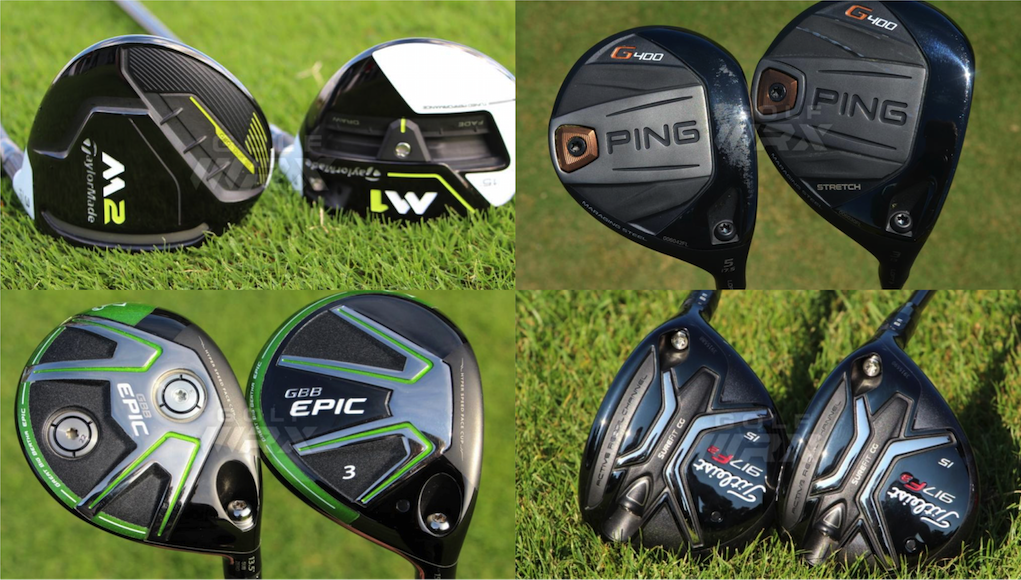
In this edition of Members Choice, we attempt to answer the question, “What’s the best fairway wood of 2017?”
Admittedly, it’s a bit of a loaded question since golfers use fairway woods for different reasons and in different situations on the course. Some use a fairway wood strictly as an alternative to their driver off the tee; other golfers use them almost entirely as approach clubs from the turf on long par fours and par fives; the rest use fairway woods for some combination of both situations. So are we looking for the longest and straightest fairway wood, or simply the most accurate and forgiving?
The best way to determine the best fairway wood, therefore, is to pose that question to golfers who have hit them all and let them decide. Thus, we have Members Choice: The Best Fairway Woods of 2017, where GolfWRX Members describe their experiences with the latest fairway woods. With in-depth descriptions from their testing, GolfWRX Members illuminate the pros and cons of each fairway wood, providing the real information you need when making your purchasing decisions.
Related
Our advice when reading through this story is to think about what you want from your fairway wood. Do you want max distance, max forgiveness, or a combination of both? The feedback from GolfWRX Members on each fairway wood will lead to toward a few models that match your needs and desires. Then test them out for yourself. Everyone interprets the performance of golf clubs differently, so personal testing and professional fittings are imperative, especially in this particular category. View the full results from the poll testing here.
Note: Responses from GolfWRX Members have been minimally edited for brevity and clarity.
Callaway Steelhead XR (4.08 percent)
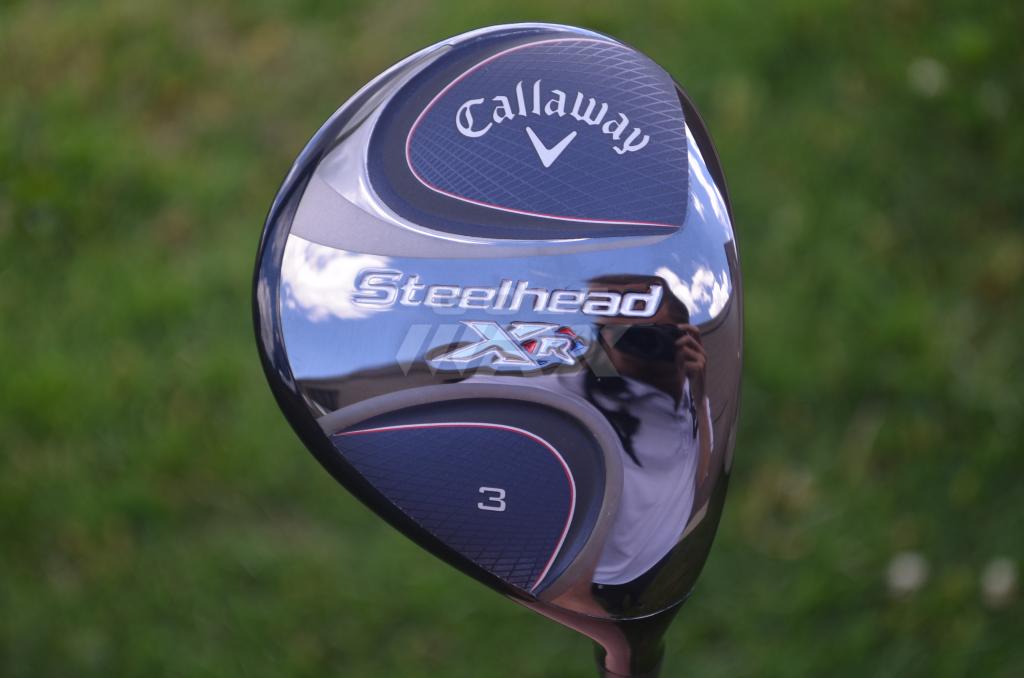
- SwingMan: I recognize that the Steelhead XR is late to the game, having just entered the market, but for a club that does everything well for GI and Players (the + models), they are long rocket launchers. Light, hot feel with pleasing metallic crack, deep face for ease off the tee, low CG (center of gravity) for ease off the deck, rounded sole gives you versatility from rough and bunkers. Forgiving and long. J36 carbon weave crown moves weight low. Because of the deep face with lot of bulge you need to lay it on the ground and it sits square. Take care when you pick it up so as not to close it. I hit it long off the tee with an R-Flex, obtaining 260-270 yards under favorable conditions — this club produces an urgent, direct trajectory with loads of roll in the lower lofts. Off the deck, 220+ with light wind; against a strong wind, 200. This club is surprising. Even the 7 wood off the deck with a higher trajectory gives you great yardage. Only caveat is that if you are in low speed range and insist on a 3 wood, you may want to order a high launch shaft instead of the mid-launch Tensei. But that’s the same advice with all 3 woods — you must be able to launch them. Callaway has several no cost shaft options. Otherwise, go with the 5 and 7 woods, which are loooong and versatile. The + models, for players and pros, are more weight forward and fade bias and arrive with a 65 Tensei CK Blue fairway shaft — smoother than the CK Blue driver shaft.
- DWtalk: I just finished testing the 15-degree Callaway Steelhead with the Tensi Blue shaft, and it’s a great club. It’s long and my misses are either a little right or left, but very solid. I also have a 15-degree M2 that is very good also with the stock shaft but I’m going to reshaft it with the Tensi blue. You couldn’t go wrong with either club.
Further Reading: Callaway upgrades a classic, introduces Steelhead XR fairways
Titleist 917F3 (5.28 percent)
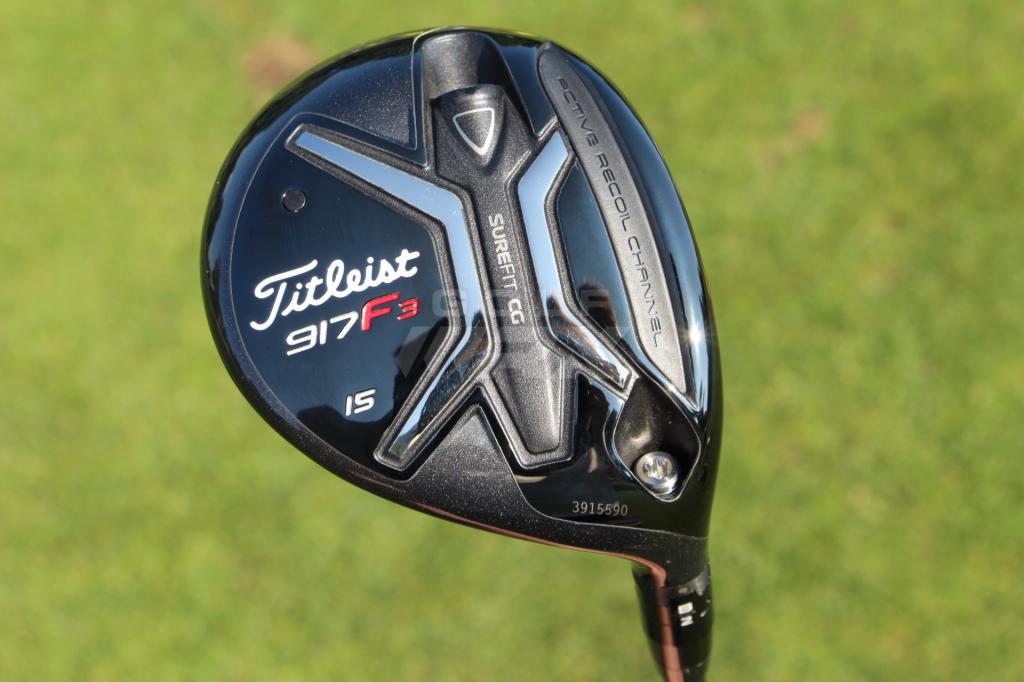
- Peanut191: I thought the Titleist F3 was the best combination of looks and feel, but they didn’t offer a 16.5 version, so I ordered the M2 Tour HL. I thought the M2/M2 Tour were the best distance wise, with the Callaway Epic, then the Titleist 917F3 just behind.
- II PigBimpin II: I used to be a Taylormade loyalist when it came to woods, but I recently switched to a Titleist 917F3 15-degree and it has single handedly put me in prime position to make three eagles within two weeks. Very predictable ball flight and distance, easy to hit off the deck.
- DuckHook02: I did try the Titleist 917F2, and if I was using it off the deck more, I’d probably gravitate towards the F2 and it’s shallow profile. However, I like the more compact look of the F3 and the lower ball flight it produces.
Review: Titleist 917F2 and 917F3 Fairway Woods
Cobra King F7 (6.40 percent)
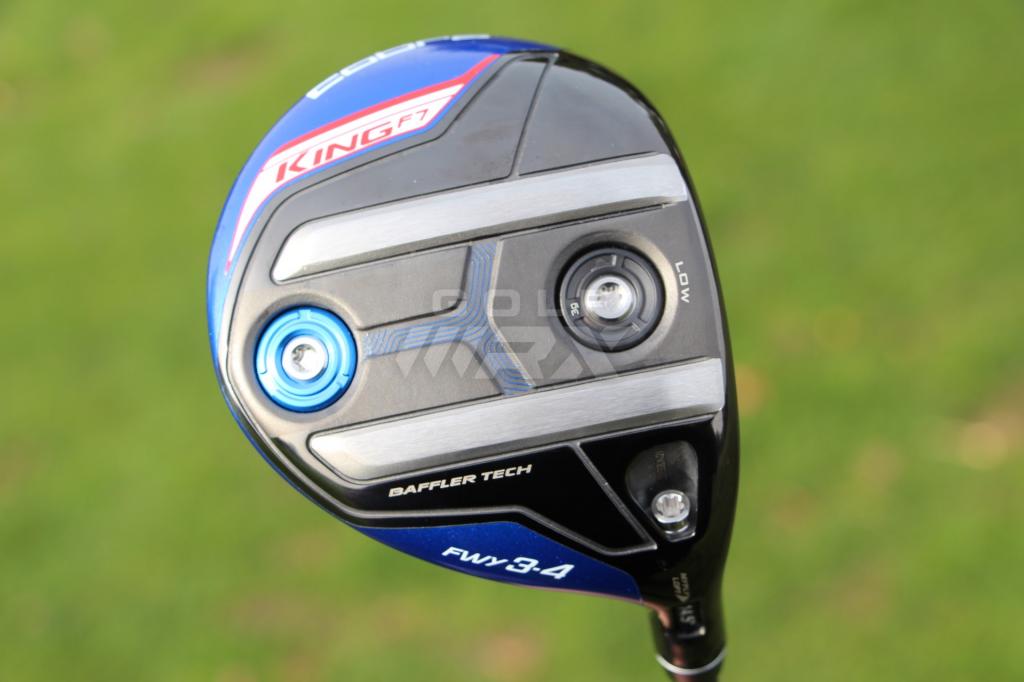
- Steveko89: I didn’t do nearly as much testing for my 3 wood after going up and down the racks picking out my Cobra F7+ w/ Hzrdus Yellow shaft. After settling on the driver, I said, “That 3 wood that matches looks pretty slick, let me hit a few with it.” and immediately fell in love. Has a nice traditional note at impact and the ball just flies off the face, especially with the weight forward. Probably could’ve tried a few different shafts, but the stock-stiff shaft works well enough and was able to find one used-mint on the bay for $150. Unfortunately, this was before the Cobra BOGO promo. Most of the positive shots that stick in my head from this season have come with the 3 wood, won’t be seeking out a replacement for a while.
- carcharodan1977: Cobra F7 fairway, currently playing at 4 wood loft… it’s fantastic. Easy to swing, impact sounds great and it’s a rocket from the fairway and even bad lies. The baffler rails really work well. Such a forgiving club.
- herbst20: Have played the Titleist 910 fairway woods since they came out. The Cobra F7 finally kicked them out of the bag. I have had an easier to hit whether it be off the team, fairway, or especially out of the rough. I love the baffler technology. I play it at 13 degrees because I am sporadic with my driver.
Further Reading: Cobra’s King F7 and F7+ drivers, fairways and hybrids
Callaway GBB Sub Zero (7.39 percent)
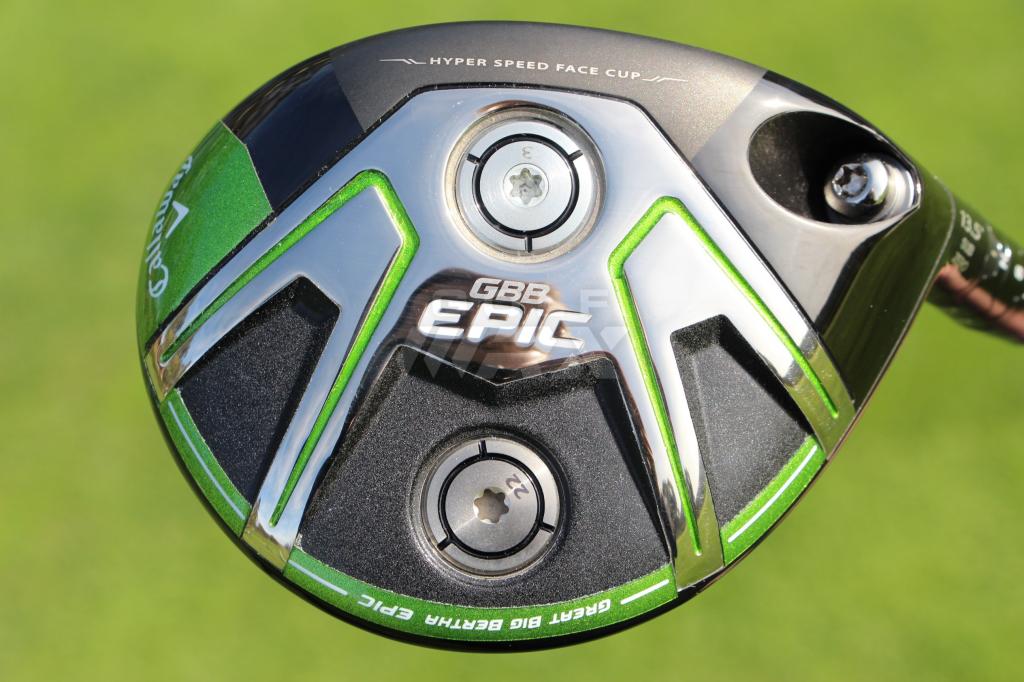
- Warrick: The (Sub Zero) 3+ was the first Epic in my bag, and it is never leaving. I have never hit a long club so consistently.
- Dobbs983: This is a fantastic year for fairway woods. I game the Epic Sub Zero 15-degree, set to 14 degrees. Easy distance, mid launch and penetrating flight. Easy to hit off the deck and a tee. I can move it left and right, if I need to, but why bother when straight and long is so easy. The Titleist 917’s are both very close to the Epic SZ, but not quite as forgiving. They are the best looking of the bunch. The Exotics EX10 Beta is amazingly long and straight and the sole is fantastic out of the rough.
- belacyrf: I currently game the TaylorMade SLDR fairway woods as I’ve never seen enough improvement from any new woods to make a change. However, IF I were to make a change, I would definitely move to the Callaway Epic Sub Zero. They are so forgiving and their flight is exactly what I like, plus they are long.
- PreppySlapCut: I was very pleased when messing around with the Epic Sub Zero this week. I was able to launch the 13.5 degrees off the deck, which has literally NEVER been a strength for me. Very impressive stuff from Callaway. The Ping G400 also just seems like the next wonderful iteration from Ping.
- kejoal11: I put the Epic Sub Zero 3+ in my bag and love it. Long off the tee, long from fairways. I love the ball flight and the fact that it doesn’t balloon on me. Very consistent with the club and by far my best purchase of 2017.
- golftech: If you like smaller, traditional shaped fairway woods, then Callaway’s Epic Sub Zero 15-degree is the best I’ve played. For that matter, it’s the best 3 wood I’ve had since my Toney Penna persimmon in the early 80s. It’s versatile off the tee and the fairway. I’ve been hitting career shots all season including the 18th at the famous Monterey, CA course.
- ago33: I’d choose the Epic Sub Zero over the M2 Tour. Adjustable hosel is better, looks better behind the ball and more forgiving.
Further Reading: Callaway GBB Epic and Epic Sub Zero Fairway Woods
Ping G400 (7.67 percent)
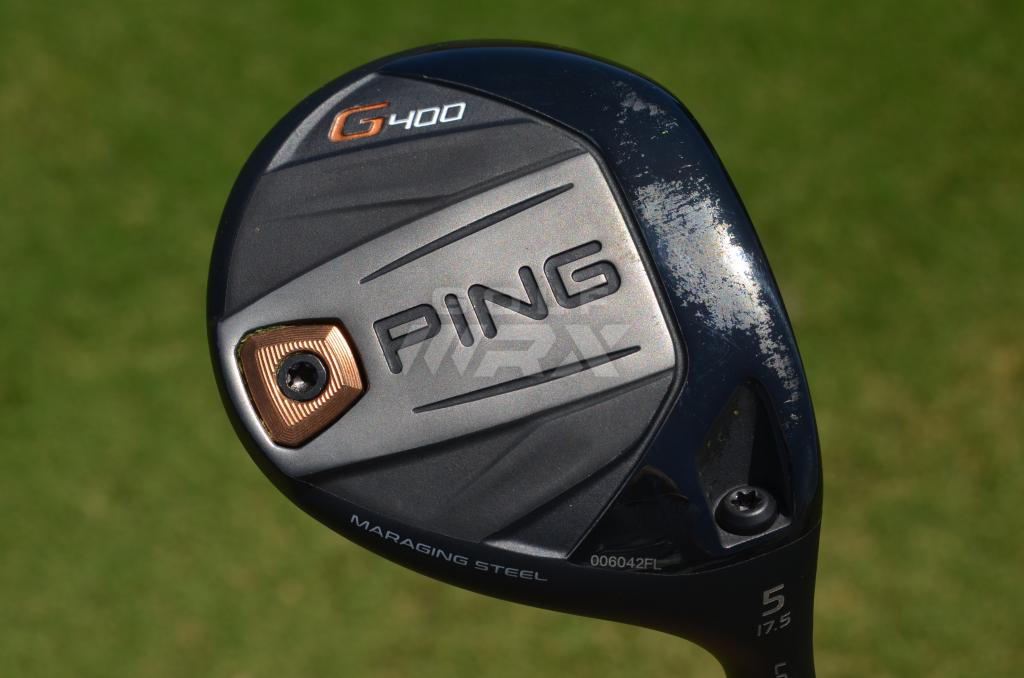
- Mwiseley10: Love my Titleist 917, I hit it so well off the deck I use it without a tee!
The Cobra Baffler felt great and has good sound but didn’t purchase. Hit the Ping G400 this morning, it hits great but d*** that profile is low! - DNice26: I tried the Ping G400 against my Ping G, both using my own shaft… little to no difference. The G400 looks and sounds better, but any performance benefit seemed negligible from the Trackman numbers I saw. My swing speed is about 109 mph with the driver.
- PrettyGood: Hit the new Ping G400 fairway this morning. My current 3-wood is the 2016 PING G series, at 14.5-degrees. So, between the two models: Turbulators on the G400 are definitely more pronounced. Footprint of the G400 looks bigger, and it’s a rounder shape somewhat (PING.com says G400 is ~12cc larger). Sole of the G400 does look a bit flatter, but no difference hitting shots. G400 face feels more lively, and it’s louder… but no more or less pleasing to hit, just different. Switching my own shaft between the two, performance looked pretty close… G400 maybe a shade higher, if anything. G400 headcover much nicer, big improvement. That’s about it.
Further Reading: Ping introduces new face material with its G400 Fairways
TaylorMade M1 2017 (7.88 percent)
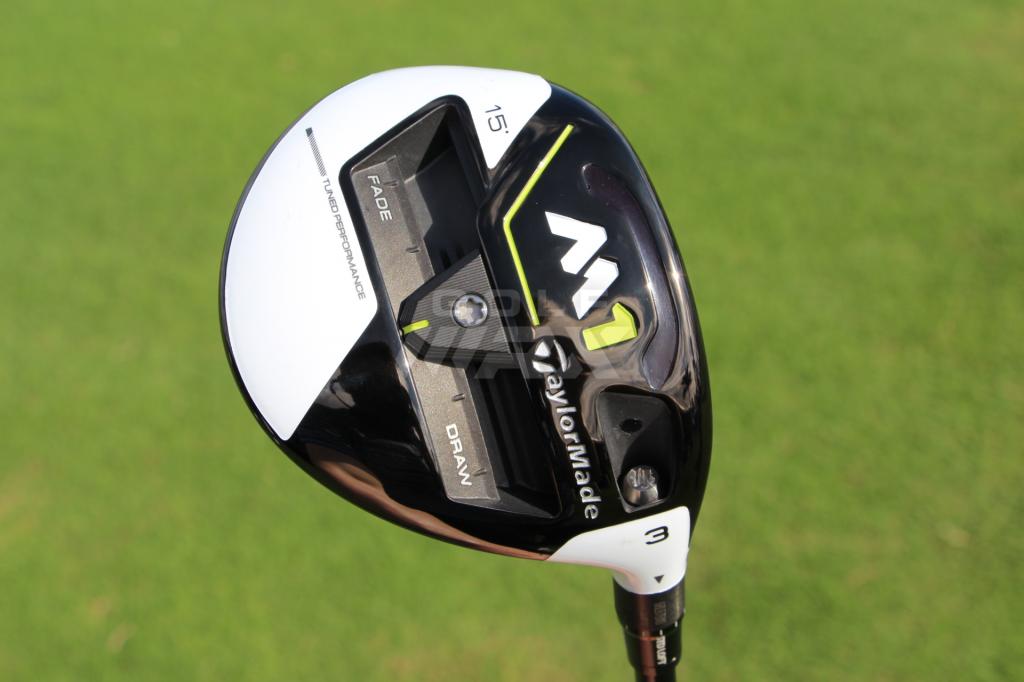
- lowball5732: My TaylorMade M1 15-degree is a wonder! Either off the deck or on the tee — optimal performance for me. My wife swears by her M2. She’s straight and true!
- Rdarling18: I really hit Taylormade’s entire M family pretty good. I went with the M1 because it was most consistent for me. However both M2 models (M2 and M2 Tour) are very long.
- AWD430: TaylorMade’s M1 was giving better distance than M2 when I hit them. I do agree that the M2 head on this year’s model seems very big when hitting off the deck.
- gpleonard: My two cents is the TaylorMade M1 HL 2017 is a monster both of the deck and from the tee… It is a go to club for me on long Par 5’s and on short Par 4’s off the tee.
- Mob: I have the TaylorMade M1 2016 and tried it against the M1 2017 and preferred the 2016 model for some reason. I know that I am supposed to prefer the newer model, but I consistently hit the 2016 straighter. Distance was a wash.
Further Reading: TaylorMade 2017 M1 Fairway Woods
TaylorMade M2 Tour (8.94 percent)
- AThompson_3: Best fairway wood by far is TaylorMade M2 Tour. Exceptional feel, workability, and forgiveness. Great off the tee while also able to launch the ball off the fairway very easily. Fantastic club. Expecting it be in my bag for years to come.
- Bomber_11: TaylorMade’s M2 Tour would get all 3 of my votes if I could do that. Wins out on distance, accuracy, forgiveness, versatility, and feel.
- Roadking_6: M2 Tour HL is an absolute beast this far (in my testing).
- halfsumo: M2 Tour: best look, sound, feel and performance. M1: awesome look and feel, I just decided to go with a 3HL version and since the M2 Tour spins less, I went with that to counteract the extra loft. Mizuno JPX900: second best look and feel and best stock shaft of anything out there by far.
- DeCuchi: M2 Tour. Higher launch and less spin makes it an excellent choice. Forgiveness is on par with other top fairways makes it the cream of the crop.
- Scratchat50: M2 Tour HL with a Project X HZDRUS 75g shaft (6.5-flex, -1 inch under std). Been searching for a great 3 wood for over 10 years. This is it!
- john443: M2 Tour is THE 3 wood of 2017.
Further Reading: TaylorMade 2017 M2 Tour Fairway Woods
Titleist 917F2 (10.13 percent)
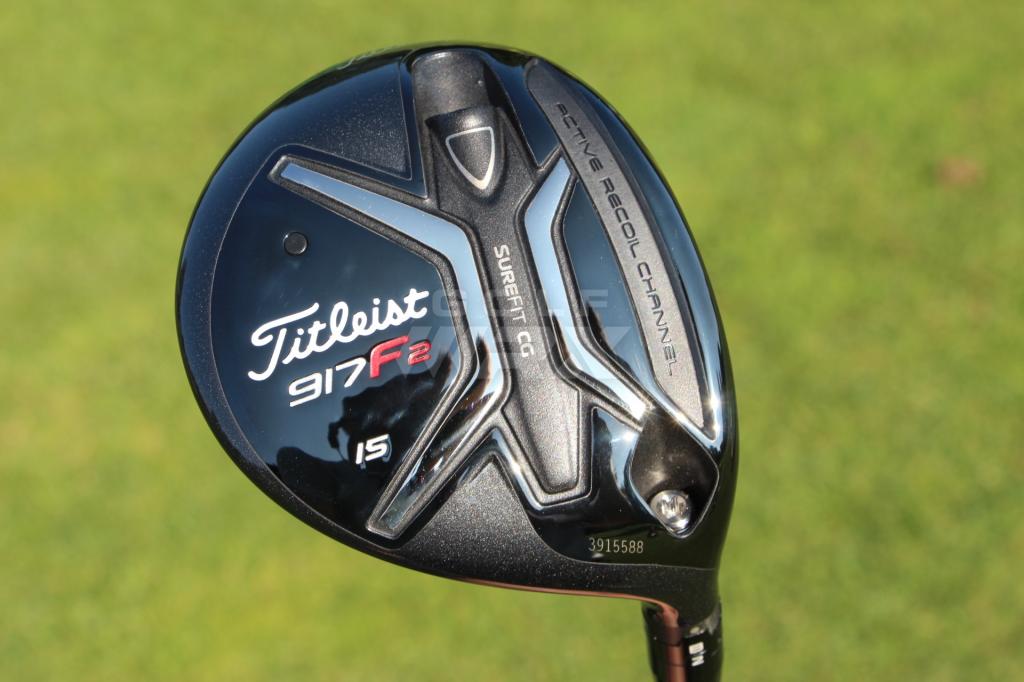
- bazinky: I’ve spent years searching for a fairway wood that I could hit with a consistent shot shape/pattern, and I finally found it in the Titleist 917 F2.
- tleader: I went from the Titleist 915F to the Titleist 917F2. Found them very similar, perhaps a slight increase in launch and more consistent across the face on mishits. Went with the 16.5-degree so it was an easy decision.
- MJL313214: I’ve hit the 917F2 at 16.5 degrees a good bit. It’s crazy long compared to the previous fairway woods. I like the slightly bigger look than the 917F3.
Review: Titleist 917F2 and 917F3 Fairway Woods
TaylorMade M2 2017 (12.60 percent)
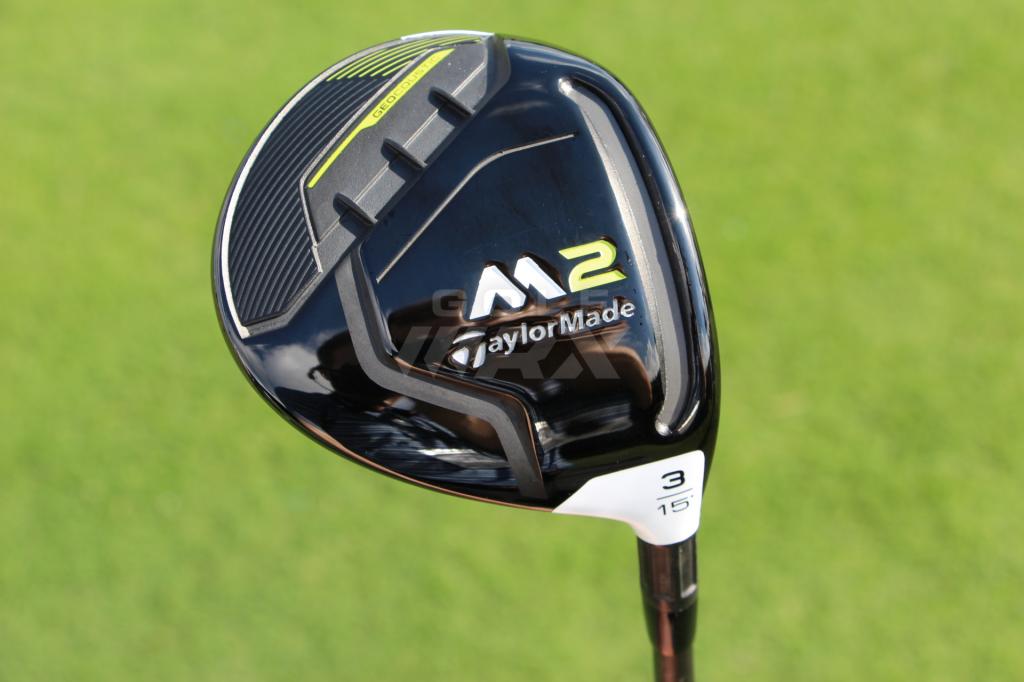
- Gnomesteel: (The TaylorMade M2 2017 fairway wood is) long off the tee and easily hit off the deck with control. Best of both worlds.
- kush614: My vote is for M2 2017, as well. Gaming a 15-degree M2 2017 with an Oban Kioyshi White shaft. Mid launch, low spin monster.
- venturagolfer87: There’s nowhere even remotely close to me that has the M2 Tour, but my 3HL normal M2 is as close to automatic as I’ve ever been. I’ve never been able to hit 3 woods, to the point where for the last few seasons, the next club in my bag after driver was a 5 wood that was shortened an inch. The M2 2017 is somehow just as easy to hit, and looooooong.
- johnnylongballz72: M2 3HL with AD DI 7X; probably the single best golf club I have ever owned.
- qwetz: I’m playing a 3HL M2 with a Mitsubishi Tensei CK Blue and it’s just a bomber from the deck or the tee.
- lordemsworth: How do those that have hit Epic fairway feel about the sound? That dull thwack is awful. As another opinion, I found the M2 2017 easier to hit consistently than the Epic fairway. Both from tee and deck.
- Porsche928: I had the M2 2017 and it was huge too hard off the deck. Never hit the M1 2017 but had the old M1 2016 for a demo and loved it.
Further Reading: TaylorMade 2017 M2 Fairway Woods
Callaway GBB Epic (13.37 percent)
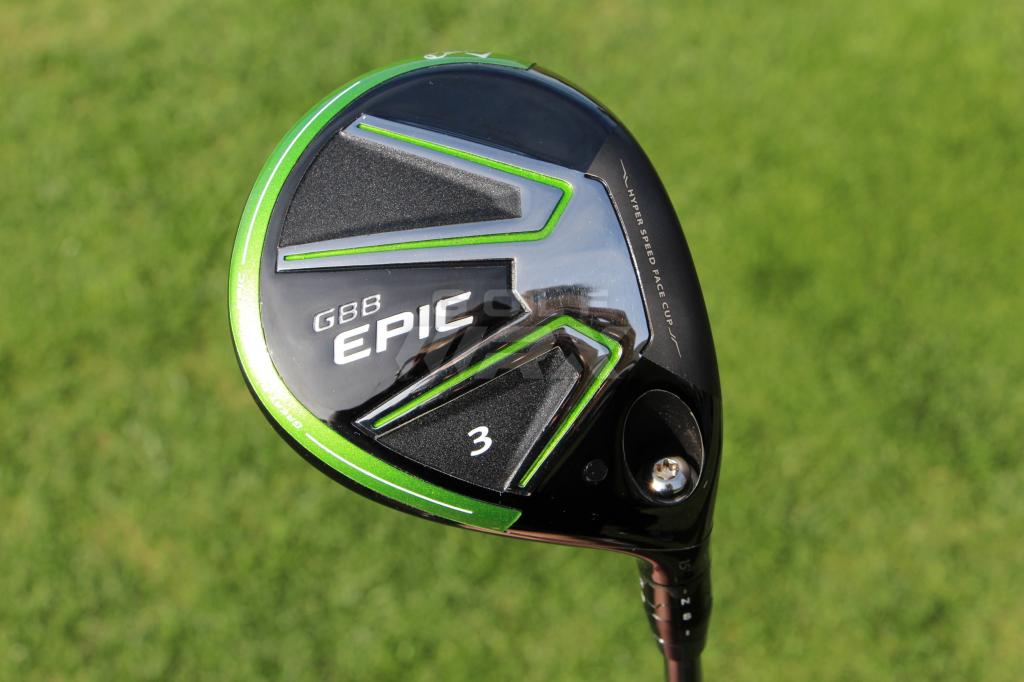
- mcgem: Hands down, without a doubt, Callaway’s GBB Epic fairway is the best of this year’s crop.
- Sean2: I have three Callaway Epic fairway woods and am quite enamored with their performance at 16/20/24 degrees. I am comfortable standing over the ball with any of these woods in my hands. I have no problem hitting the 16-degree off the turf and I find it a very good club on tight driving holes. The 7 and the 9 fly high and land soft.
- aussieb: Tested the Mizuno JPX-900 fairway wood on a few occasions now and it’s really the best off the deck, adjustable from 13-17 degrees and the sliding weight dials it in, has a great stock shaft and sounds as good as it looks. Ping’s G400 was really solid and forgiving, didn’t spin too much and set up well for my eye. A bit of adjustability and stock Tour shafts are great. Callaway Epic had the smallest head and best ball speeds off the tee. I didn’t really care for the sound and lack of forgiveness compared to the previous two, was dead feeling but that’s mostly shaft I think.
- leftshot: I went through a thorough fitting at Club Champion last month and had access to most of the heads on this list. So I know the answer FOR ME. Notably none of the top fits involves a club head with the standard shafts offered off the rack. The results of my testing was:
1. Callaway GBB Epic: Distance #1 (Tied), Dispersion #1, Off-center hits #1
2. Titleist 917F3: Distance #1 (Tied), Dispersion #2, Off-center hits #3
3. TaylorMade M2 2017: Distance #3, Dispersion #3, Off-center hits #2 - rony10: Epic. Accuracy, forgiveness and flight, distance is very good to.
- Benkross: I just put an Epic in the bag. I tried the M2, M2 Tour, M1 (2017 and 2016) and was playing a Titleist 915F and prior a 913Fd and 909 F3 before that. The Epic sounded the best and feels awesome. The 2016 M1 was the worst feeling 3 wood I’ve ever played. I’m replacing the shaft in the Epic so I’m excited to use it this weekend.
- kgeorge78: The Epic looks much smaller than the M2 2017 for some reason and easier to hit off the deck.
Further Reading: Callaway GBB Epic and Epic Sub Zero Fairway Woods
- LIKE208
- LEGIT33
- WOW13
- LOL20
- IDHT5
- FLOP2
- OB3
- SHANK40
Equipment
Review: Titleist 917F2 and 917F3 Fairway Woods
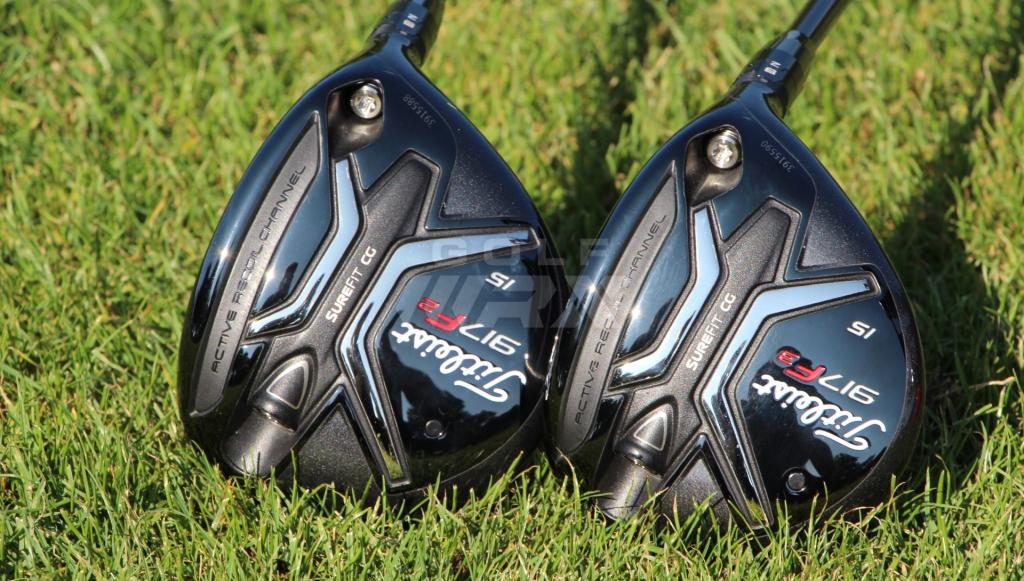
Pros: Dialing in trajectory and spin is more in the hands of the player than ever with SureFit CG adjustability. Feel and sound have improved, and 915 users will likely see a jump in distance.
Cons: If you preferred the black finish, you’re out of luck with the return of silver.
Who they’re for: Everyone who plays a fairway wood should give the Titleist 917F2 and 917F3 fairway woods a shot. They provide everything most golfers want from a fairway wood.
The Review
- Models: 917F2 (13.5, 15, 16.5, 18, 21 degrees), 917F3 (13.5, 15 degrees)
- Release Date: Oct. 21
- Price: $319 (MAP)
Right off the bat, you’ll notice a number of changes to Titleist’s new fairway woods: name, color, center of gravity (CG) adjustability, and if you’re really attentive a change in the Active Recoil Channel. I break down each of the major changes below.
Related: See the results from the Ultimate Titleist Driver Fitting Experience
What’s in a name?
In its most recent fairway wood releases — the 913 and 915 models — Titleist used the F and Fd naming system. “F” was a larger, more forgiving fairway wood that launched higher and spun more, while “Fd” was a smaller, deeper-faced, lower-launching fairway wood that reduced spin. It was a bit confusing, and didn’t mesh well with the D2 and D3 naming system the drivers were using, so Titleist went to F2 and F3, which is what Titleist used in previous models such as the 909.
If you’re confused: F = F2, Fd = F3 (easy to remember since this rhymes).
Now, the F2 (179 cubic centimeters) is the larger, higher-launching and more forgiving model, while the F3 (169 cubic centimeters) is smaller, deeper and more workable. The relationship hasn’t changed, just the names.
Sure thing
As with the 917 drivers, the 917 fairway woods have SureFit CG technology to give golfers the ability to tweak the draw/fade bias of the clubs. In the fairway woods, the SureFit CG system is also positioned slightly crooked, as seen in the driver, which has the same purpose; lower-spinning fades and higher-spinning draws. When in the draw position, the weight system will add spin to keep the ball in the air longer, and will decrease spin in the fade setting to keep shots from ballooning. The design also maintains the moment of inertia (MOI) of the fairway woods, keeping forgiveness high regardless of the weight setting.
In the SureFit CG system, weight is changed using interchangeable weights* or tubes, made of a mixture of different materials. The neutral weights have a uniform weight throughout, while the draw-fade tubes have a heavier side.
When adjusting the system, golfers should look for the “+” sign, which indicates a fade setting, while a “-” sign indicates the draw setting. Note that this is opposite of the 917 drivers, as the entry port is on the opposite side (toe side) of the club head in the 917 fairway woods. A solid red circle indicates a neutral setting. Like the 917 drivers, the 917 fairway woods also have Titleist’s 16-way adjustable SureFit hosel, which offers independent adjust loft and lie settings.
*Note: SureFit CG driver weights cannot be used in fairway woods, and vice versa, due to their different sizes.
Active Recoil Channel 2.0
While the 915 fairway woods had an Active Recoil Channel behind their faces, designed for higher ball speeds on off-center hits, the area was hollow. The channel in the 917 fairway woods is filled with elastomer, helping produce more ball speed across the face and lower spin, according to Titleist. There’s is also a face insert with variable thickness for increased speed on off-center hits.
Another change for the better is the sound and feel of the 917 fairway woods. They have more of a muted sound and softer feel at impact, which is no doubt helped by filling the Active Recoil Channel. Another benefit is that golfers won’t need to frequently clean the dirt out of the channel, as they needed to do with 915 models.
Color
The “liquid slate” finish on the crown is a throwback to Titleist woods of yesteryear, which is something Titleist fans may very much appreciate. Some of the classic Titleist fairway woods, such as the 980F, had a similar gray finish.
Overall performance
So what’s to be expected of the 917F2 and 917F3 in terms of performance? According to Titleist, golfers hitting the 917 versus a 915 should expect higher ball speeds, a higher launch, slightly lower spin and 4-7 yards in increased distance. It just so happens I hit the 917F2 and 917F3 versus the 915F and 915Fd, and you can see the numbers below.
The Numbers
I took the 917F2 and 917F3 fairway woods to the Launch Pad at Carl’s Golfland in Bloomfield Hills, Mich., where I tested them against Titleist’s 915F and 915Fd models on Trackman with premium golf balls. The fairway woods were set to my specifications (C2 hosel setting, neutral weight setting in the 917 models) with the same Mitsubishi Rayon Diamana Limited D+ 80X shaft. Shots were hit with each club — order was constantly rotated, and outliers deleted — until 10 shots with each club had been recorded.
917F2 v. 915F:
- The 917F2 generated slightly less spin (-60 rpm) and a slightly higher launch angle (+0.7 degrees) than the 915F.
- The 917F2 offered more ball speed (+1.5 mph), more carry distance (+1.6 yards), and more total distance (+3.6 yards) than the 915F.
917F3 v. 915Fd:
- The 917F3 offered slightly less ball speed (-0.8 mph), a slightly higher launch (+0.3 degrees), and a little more spin (+74 rpm) than the 915Fd.
- The 917F3 increase carry distance (+4.3 yards) and offered more total distance (+6.3 yards) than the 915Fd.
Specs, pricing, availability
Titleist 917F2 and 917F3 fairway woods ($319 MAP) will be available on Oct. 21 with the following stock shafts: Aldila Rogue M-AX, Fujikura Speeder Pro Tour Spec and Mitsubishi Rayon Diamana Limited D+, S+ and M+.
With the purchase, consumers will receive either a 10, 12, 14, 16 and 18-gram neutral weight (the 12-gram is stock) and a matching draw-fade weight. Additional weights can be purchased for $40, or SureFit weight kits are available for $180 with every weight.
The Takeaway
Any golfer with an older version of a Titleist fairway wood, especially one with a silver finish, will find the switch to a 917 fairway wood an easy and valuable transition.
Not only do the fairway woods offer CG adjustability for fine tuning trajectory, but they also have a softer feel and more muted sound than the 915 versions while providing more carry distance and more total distance. You’d be hard pressed to show me an all-around better fairway wood in the current market.
Related
- See what GolfWRXers are saying about the 917 fairway woods in our forum.
- Our review of Titleist’s 917D2 and 917D3 drivers.
- LIKE239
- LEGIT17
- WOW9
- LOL4
- IDHT5
- FLOP4
- OB6
- SHANK30
Fairway Reviews
Review: TaylorMade M2 Fairway Woods
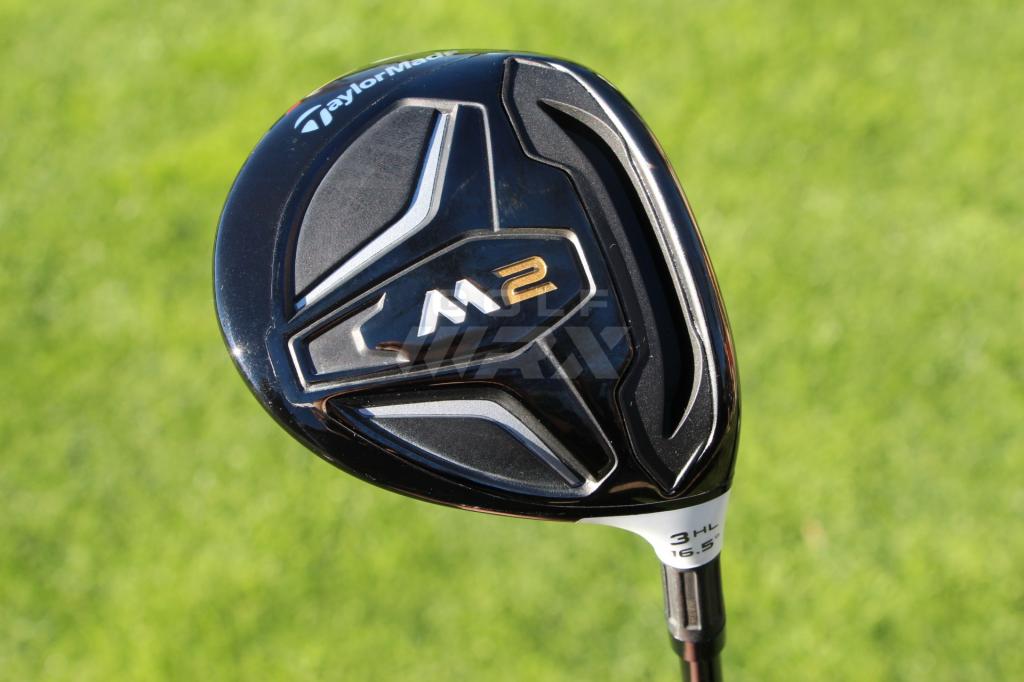
Pros: Driver-like ball speeds in a fairway wood that’s forgiving, workable, and the more affordable option in TaylorMade’s 2016 lineup.
Cons: No adjustability. The sound and feel is different than other fairway woods.
Who’s it for: The M2 fairway woods can be played by golfers of all skill levels, from beginners to PGA Tour players.
The Review
- Available Lofts: 15, 16.5, 18, 21, 24
- Stock Shafts: REAX 65 (X, S, R flexes), many custom shafts available free of charge.
“1.49? Really? Again? Man, these new fairway woods are amazing.” That was me during my launch monitor testing for this review. I kept getting pretty high smash factors for a fairway wood. To quickly explain, smash factor is ball speed divided by swing speed, and the average PGA Tour smash factor for a 3 wood is 1.48.
I am not a PGA Tour player, so getting a 1.49 the few times I did was pretty impressive, and shows an advance in technology — not that my swing has actually improved.
To say there’s been a revolution the past five years in fairway wood design is an understatement. Hotter faces are the norm now. I’ve actually heard people say they hit their 3 woods “too far,” which sounds absolutely insane. But with fairway woods the way they are now, many are providing the same relative ball speeds as drivers, and just as much distance.
When TaylorMade released the M2, there was some chatter that it was a price-point fairway wood, and it wouldn’t be as good as the company’s M1 since it didn’t have the moveable weights and changeable shafts. This is simply not the case. The M2 contains every bit of technology as the M1, and while I didn’t test them head to head, the feedback from most golfers has been that the M2 launches higher, spins less and offers more ball speed than the M1. For that reason, it will be the longer-flying TaylorMade fairway wood for most golfers.
When viewing the clubs in the address position, it’s hard to tell the difference between the M1 and the M2. The M2 has the “ball” grooves, where there’s a centering point of no grooves in the shape of a ball. The only other difference is the M2 has a new “fluted” hosel construction, which moves a few grams of weight lower in the club head, and is said to improve sound and feel. I’m also a fan of the black-and-white painted composite crown. It seems to give off a more compact feeling to me, and makes it easier to line things up.
The face also sits square, which is a major requirement for me as well. I’ve bought and immediately sold 3 woods that have faces that are closed. I was actually worried about this, as in years past TaylorMade has sold a TP line of fairway woods, which have a more open face angle than standard models. There is no TP model in the M2 line, and what TaylorMade seems to have done is focused on making the M2 sit perfectly square.
The Results
To do my testing, I took the M2 out to my course and played a few rounds, and then took it to the range and also had a couple of simulator sessions. The data above is from The Professional’s Golf Shop using Trackman and premium golf balls. The M2 was 15 degrees with a Fujikura Pro Tour Spec 73X shaft at 43 inches (untipped).
On Trackman, I was attempting to hit fade shots off the deck each time. The results are the 10 shots that best represented the fade. Overall, the numbers are pretty consistent. There were a few really good hits that made me say, “WOW!” But there were also several shots in this bunch that I hit thin, and I expected them to come up much shorter. That is until I got the results and was impressed that the shot still carried 225-230. I left those in, as I wanted to show how forgiving this club can be.
On The Course
On the course is where the M2 fairway wood really shines. Off the deck, I was getting great numbers on the simulator, but on the course I was hitting the M2 places where I have never hit a 3 wood before.
I came close to muttering those words “too far” at one point. I used it on a par 4 to stay short of water, and I ended up only a foot short of the hazard. We’re talking 280 to the water! And distance isn’t even the best thing about this club. Well, maybe … the distance IS pretty awesome. But there’s something else that’s really good, too. It goes back to the shape, sole design and face angle. I’m able to work this club with ease around the course. I can draw, fade, hook, slice, everything really easily with this club. Whether it’s from the tee box or behind 40 trees, I’m able to do some really fun things.
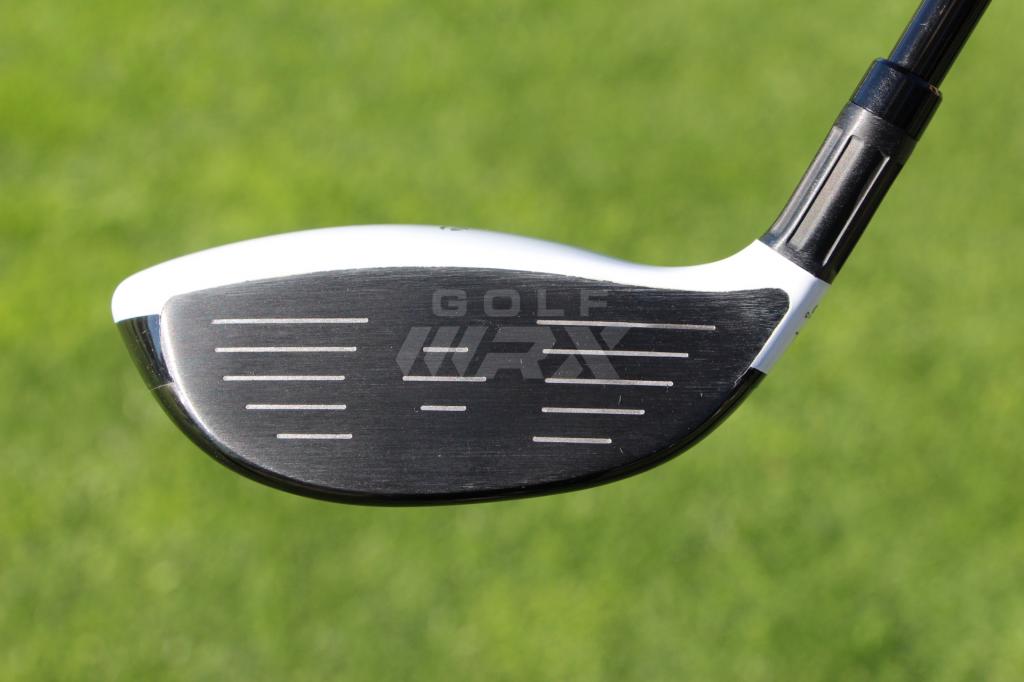 But I do have one negative. It has the same sound and feel as TaylorMade’s other M2 woods, and it’s something I don’t love. It almost feels a little hollow, and not as solid as other fairway woods. After awhile you do get used to it, and honestly I don’t think about it much now unless I hit another 3 wood right after it.
But I do have one negative. It has the same sound and feel as TaylorMade’s other M2 woods, and it’s something I don’t love. It almost feels a little hollow, and not as solid as other fairway woods. After awhile you do get used to it, and honestly I don’t think about it much now unless I hit another 3 wood right after it.
Comparison
As you might have seen in the data above, I was able to compare the M2 to my gamer, a Nike Vapor Fly (15 degrees with the same shaft, measuring the same length) both on the course and on the simulator. The only difference between the two clubs was that the Nike Vapor Fly’s shaft was tipped 0.5 inches.
Overall, they are pretty similar fairway woods. When hitting the fade shot on the simulator, they were almost identical. Both have great ball speeds, both are forgiving, and both pretty easily hit that shot.
But on the course, the M2 ended up being a better club for me. The Vapor Fly has an open face angle, and it is harder for me to work shots both directions. I can hit fades with it all day, but I struggle to square the face and hit draws with it. The best hits on the simulator showed the M2 as the longer of the two, and that showed up on the course as well, especially off the tee. I thought I loved an open face, but it ended up not being good for me overall and my testing proved it.
Conclusion
The M2 is a fairway wood that anyone can play. It’s built with a square face, neutral weighting, and offers incredible distance. It should absolutely be on a list of fairway woods for any player to check out. It has a great combination of everything that I look for in a fairway wood. The feel and sound is the only knock I have.
[wrx_retail_links productid=”98″]
- LIKE140
- LEGIT13
- WOW2
- LOL3
- IDHT1
- FLOP5
- OB2
- SHANK12
-

 19th Hole2 weeks ago
19th Hole2 weeks agoJohn Daly stuns fans into silence with brutal opening tee shot on PGA Tour Champions
-

 19th Hole4 days ago
19th Hole4 days agoThings got heated at the Houston Open between Tony Finau and Alejandro Tosti. Here’s why
-

 19th Hole18 hours ago
19th Hole18 hours agoReport: Tiger Woods has ‘eliminated sex’ in preparation for the 2024 Masters
-

 19th Hole2 weeks ago
19th Hole2 weeks ago2-time major champ announces shock retirement from the sport at age of 33
-

 19th Hole2 weeks ago
19th Hole2 weeks agoCharlie Woods finds it tough going on American Junior Golf Association debut
-

 19th Hole2 weeks ago
19th Hole2 weeks agoEdoardo Molinari reveals the latest PGA Tour golfer to turn down ‘good offer’ from LIV Golf
-

 19th Hole3 weeks ago
19th Hole3 weeks agoScottie Scheffler had an interesting response when asked how he ‘quiets the noise’ following Players victory
-

 19th Hole2 weeks ago
19th Hole2 weeks agoJon Rahm dealt fresh blow to hopes of qualifying for 2025 Ryder Cup

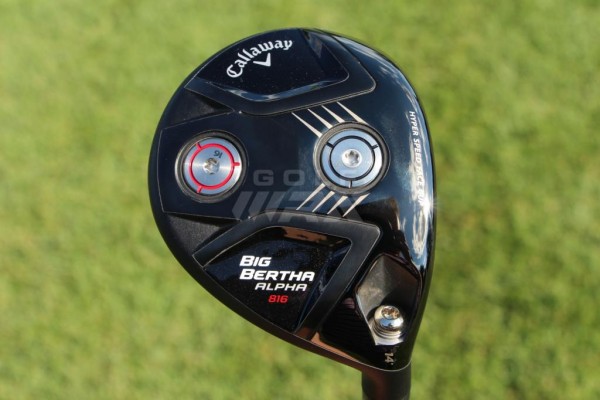
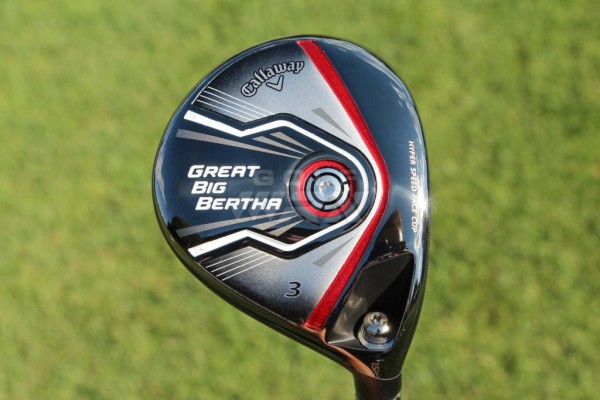
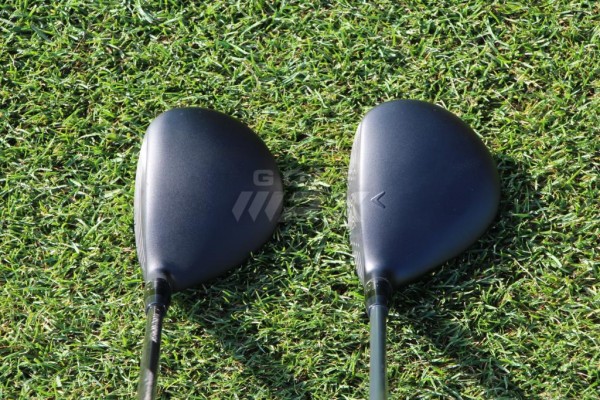


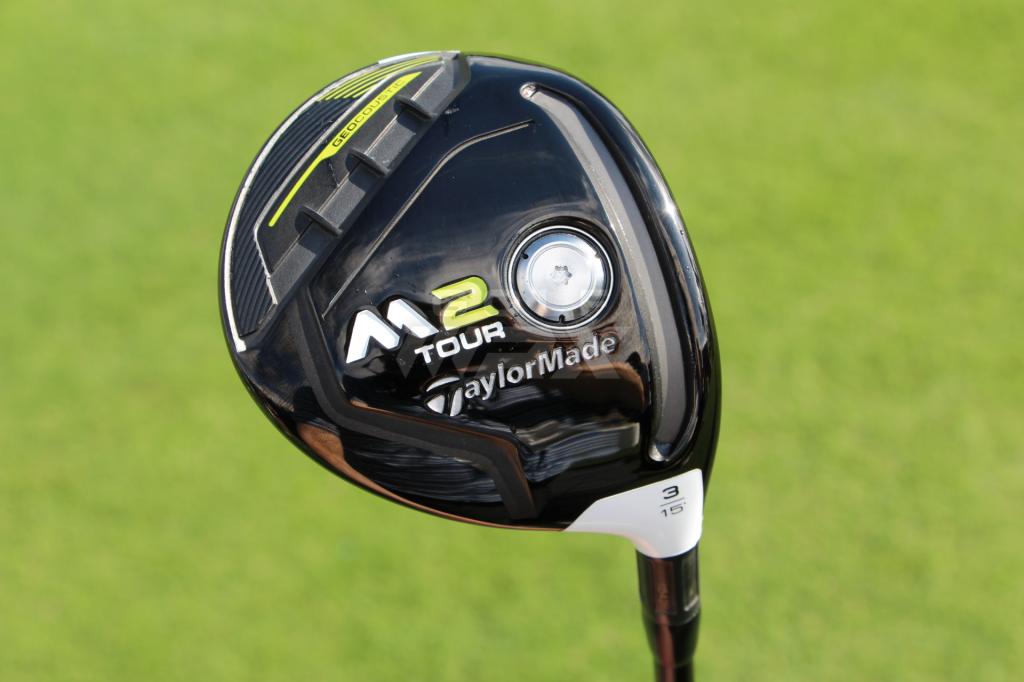
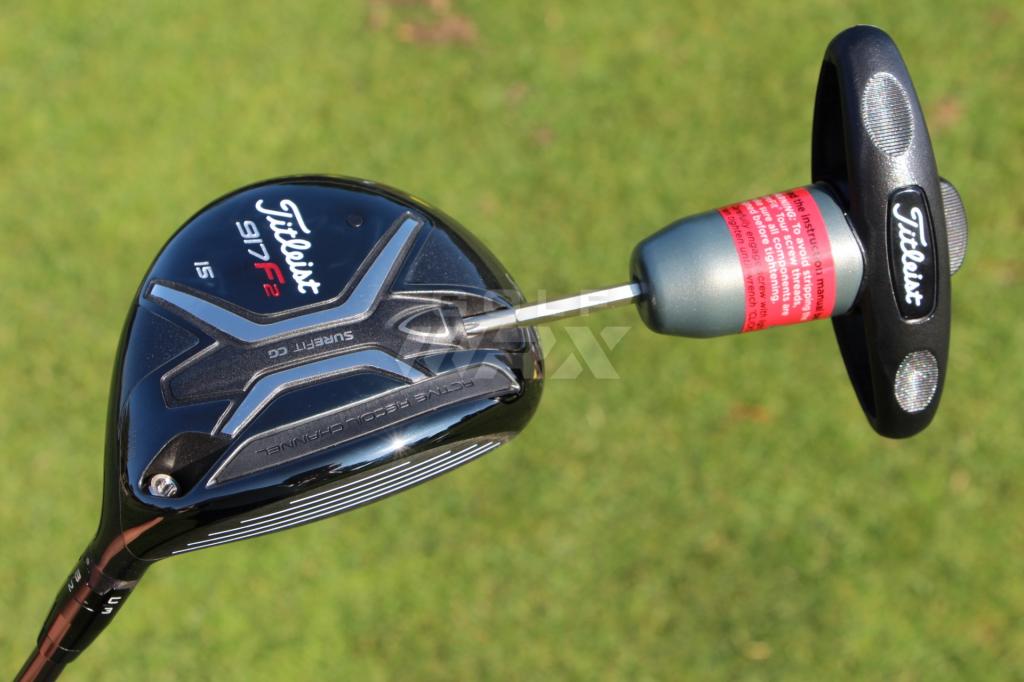
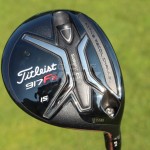
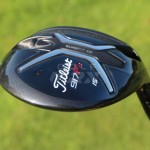
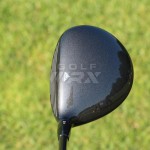
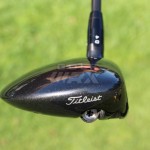
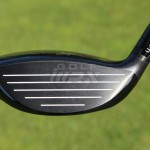
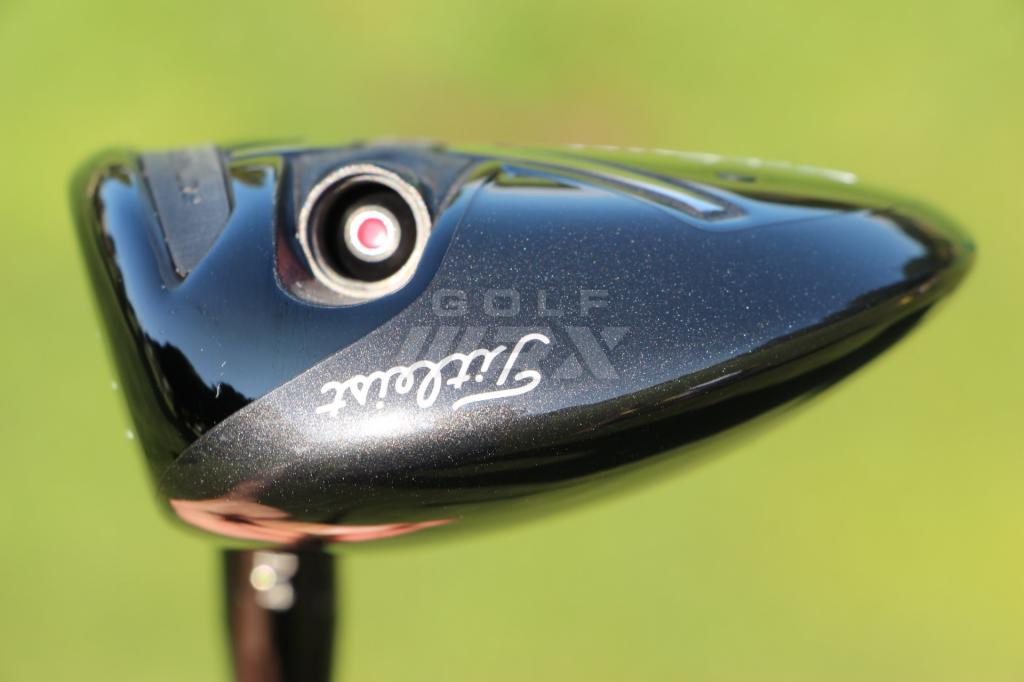
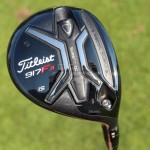
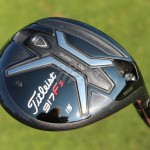
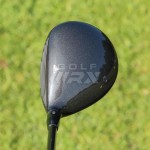
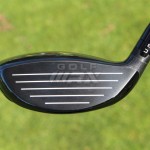
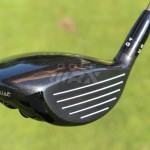
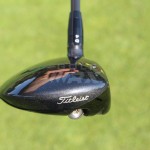

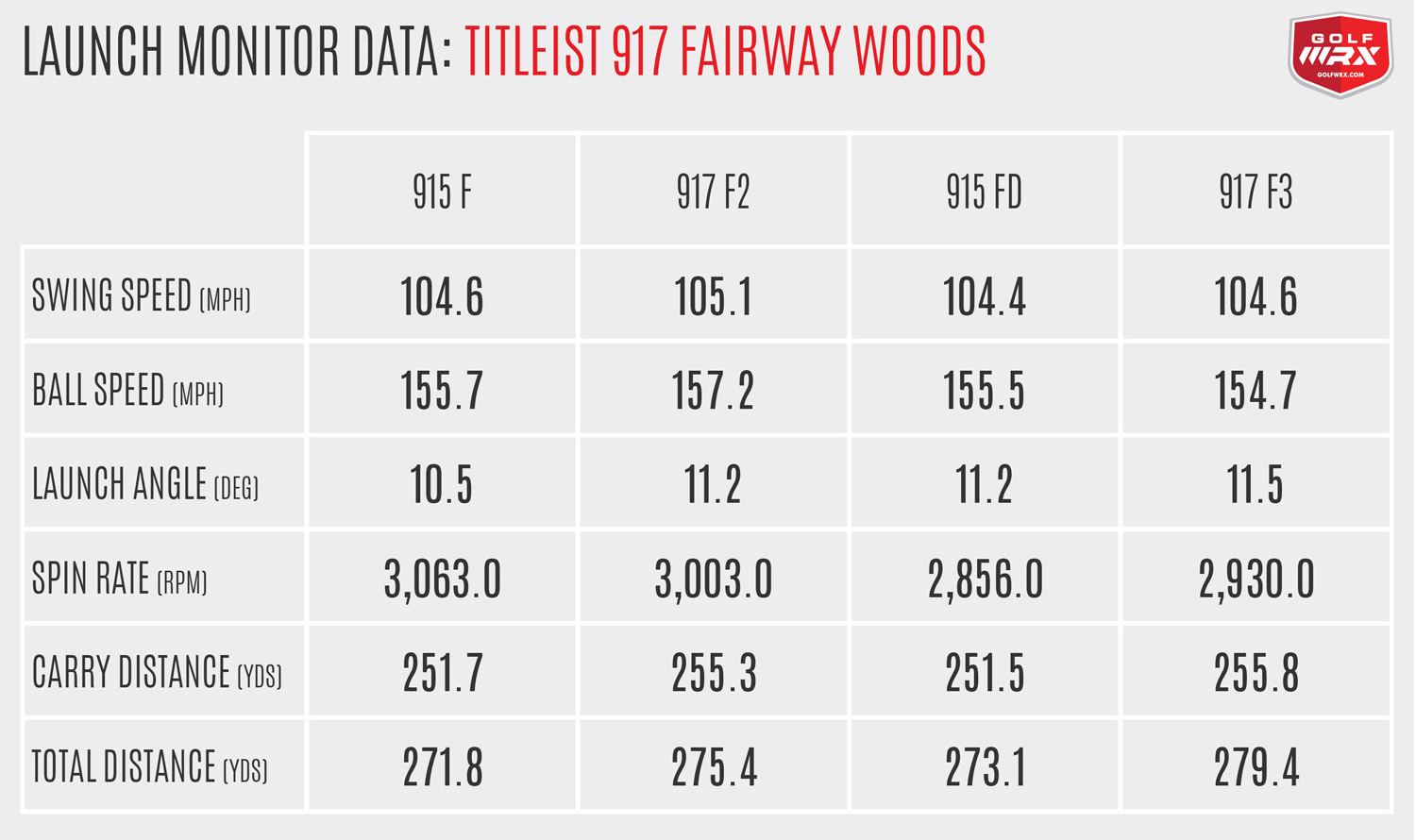
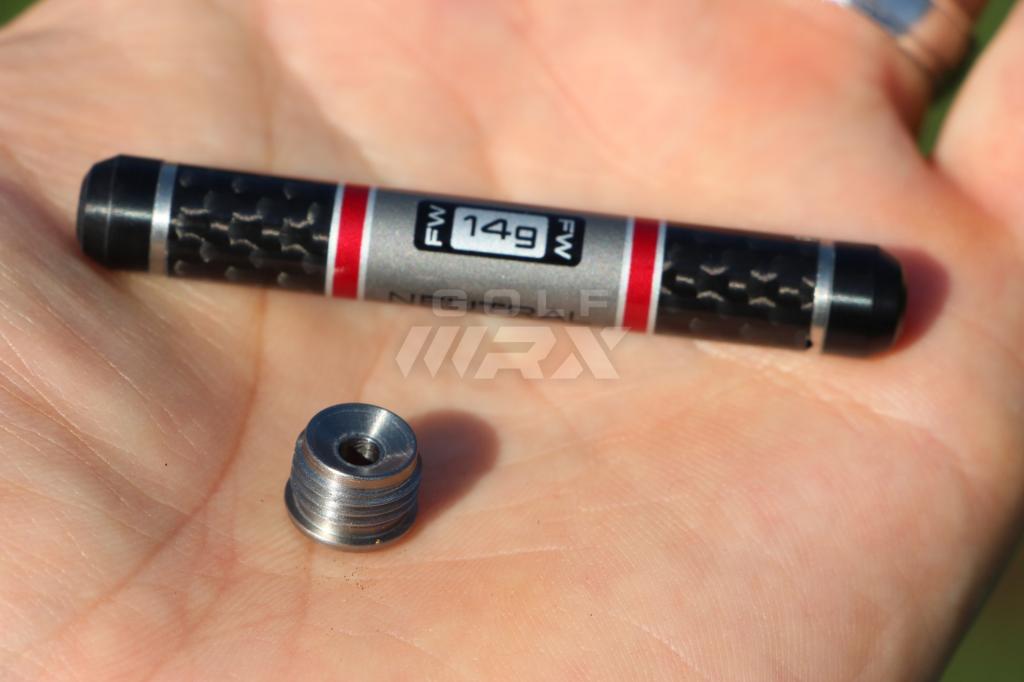

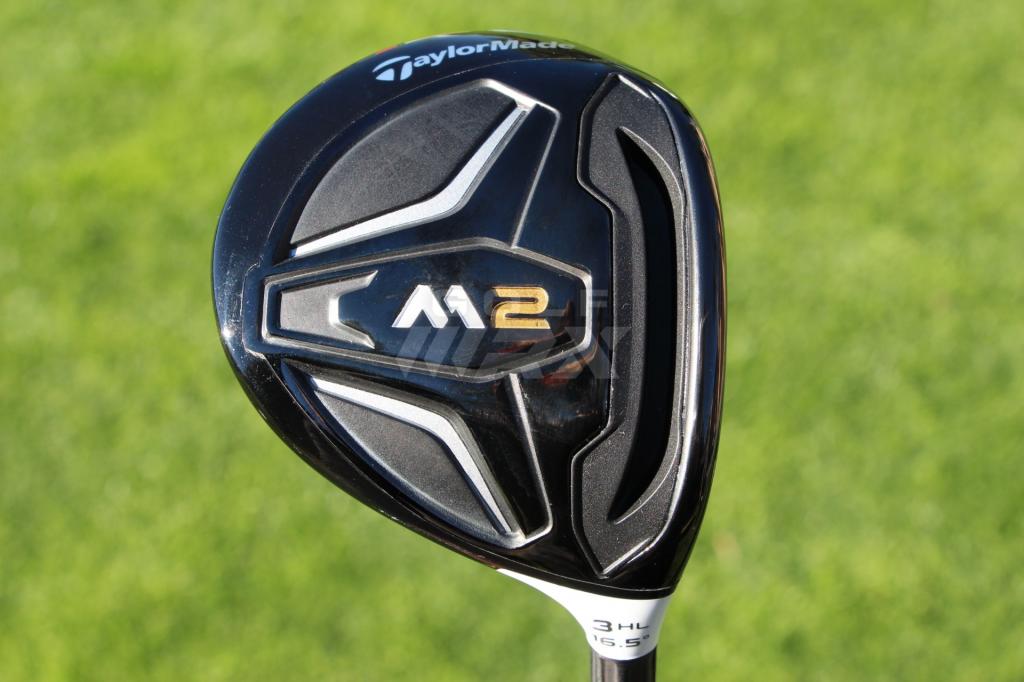
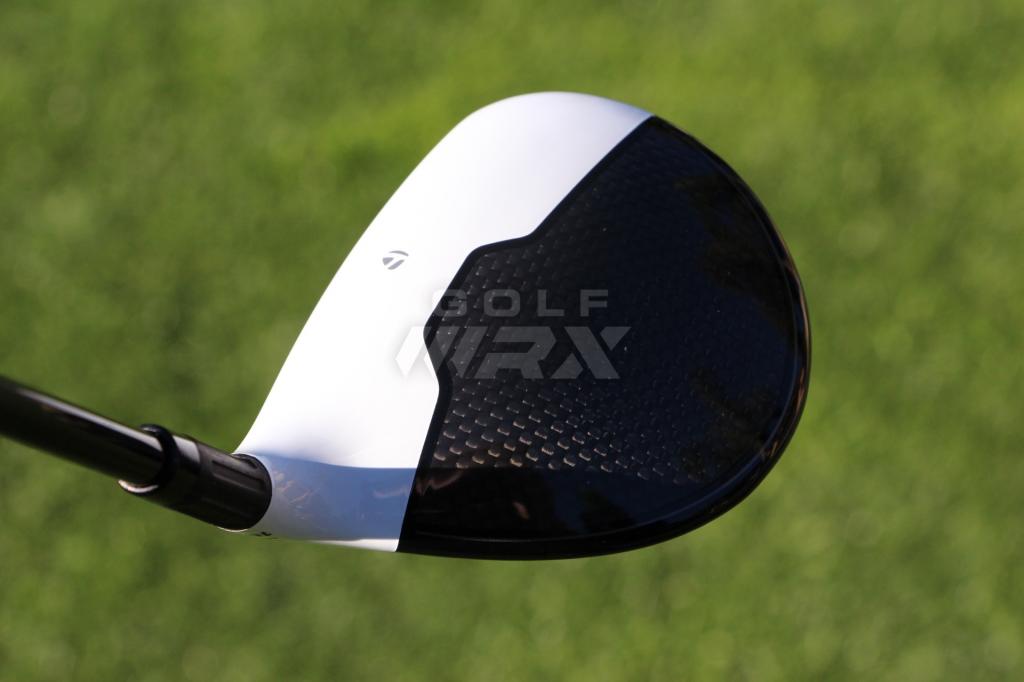
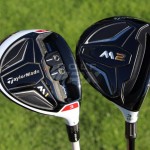
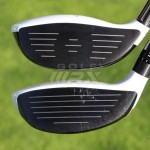
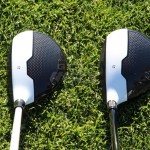
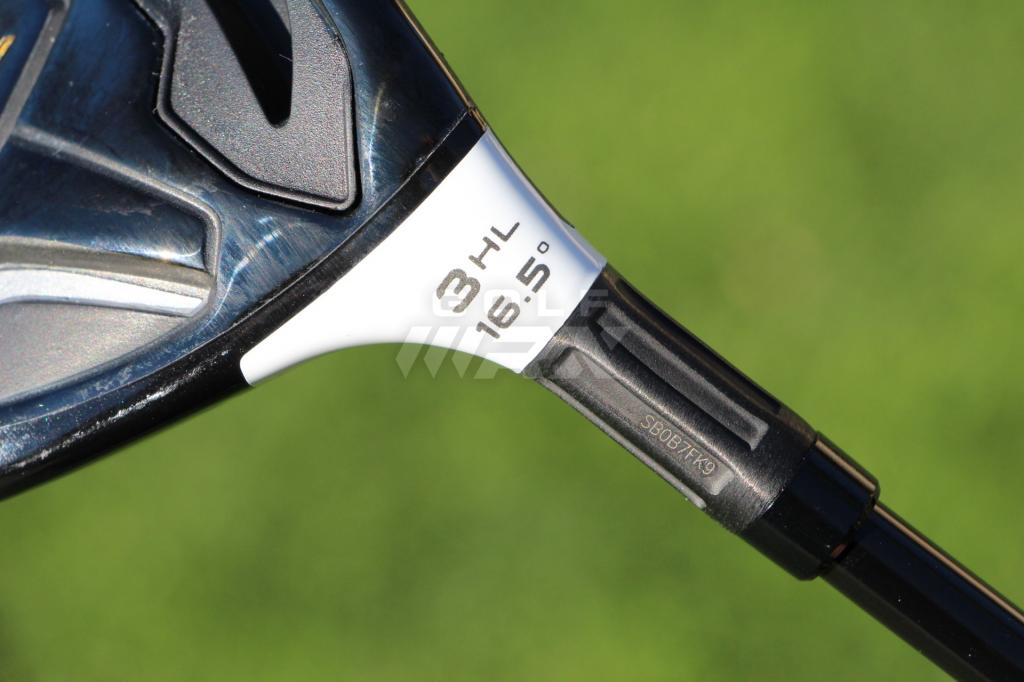
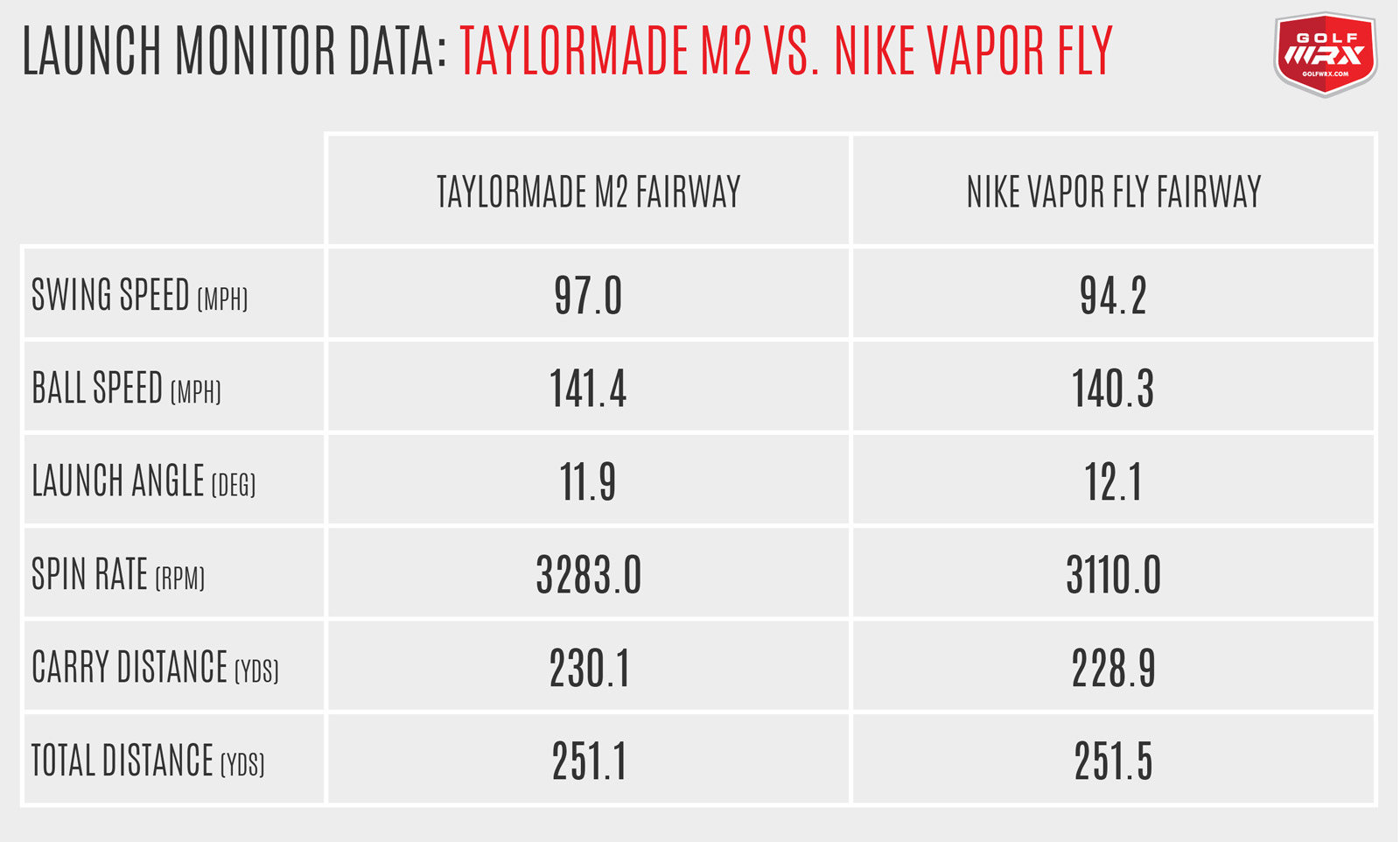
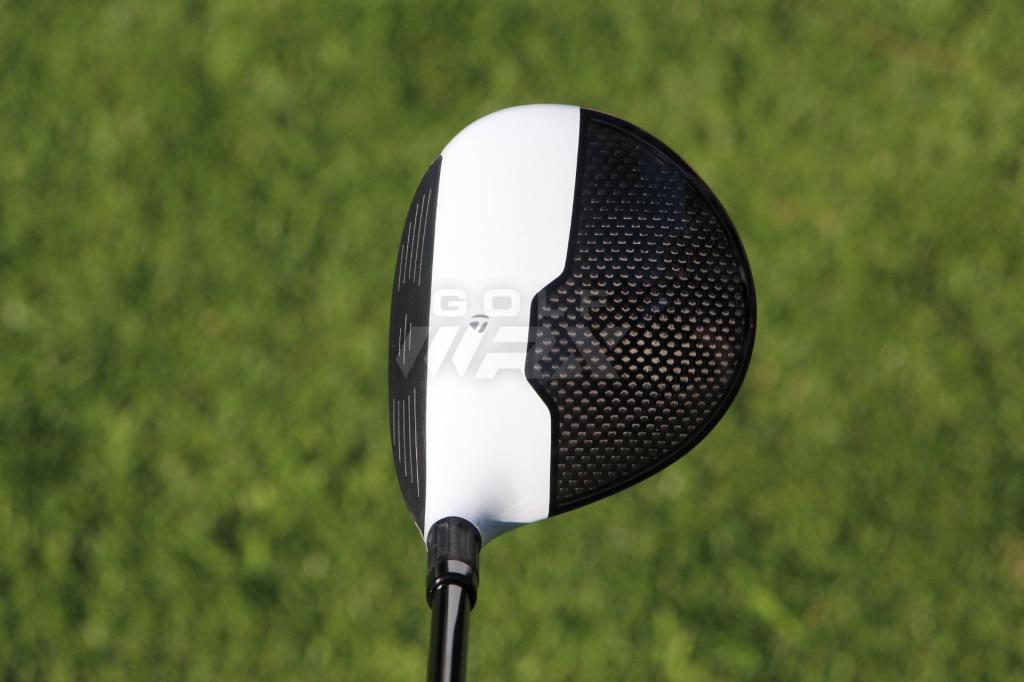















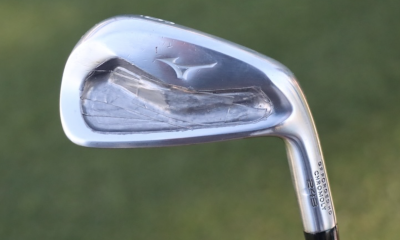

nyguy
Dec 6, 2017 at 3:09 pm
Old post, I know, but I just picked up a 816 fairway, and I have totally different results than what they say. I absolutely bomb this club, and I couldn’t get my previous 3 wood up (Nike covert 2.0 tour) in the air at all. The 816 feels like a hybrid to me… Aldila shaft feels great. I have swung the 816 about 12 times, I had one bad shot. Thats never been the case for me with a 3 wood.
RG
Mar 11, 2016 at 12:24 pm
Lower your expectations! Every thing reviewed on this site gets a 5 out of 5 or 5 stars. Everything! Just realize that all new clubs are good are get over it!
Cole
Mar 4, 2016 at 8:29 am
Good review Chris, test the clubs where you live. Ignore the negativity, I live in Colorado as well and am at about 6000 ft haha. I have the previous model Alpha with a Diamana White Board 82x and I consistently carry the ball 275-280 with the 16.5 (4 wood). Best advice for some of these guys is to get off their butt, wasting time nit-picking your review and go hit one for themselves! Great club the 816 Alpha is!
Pingback: GolfWRX Awards Perfect Score to GBB & 816 Fairway Woods – Callaway Golf News and Media
Pingback: GolfWRX Awards Perfect Score to Our New Fairway Woods – Callaway Golf News and Media
Canadiangolfer
Dec 24, 2015 at 8:34 pm
The elevation for testing may not be helpful or ideal in absolute terms. However, to me, absolute terms is less relevant as I will hit the clubs very differently and have a different swing than Chis. What I found most interesting and helpful, is the relative comparison of the two models. Interesting to me that in comparing GBB to 816 (with weight back) that the ballspeeds and distance very similar notwithstanding GBB launches significantly higher and spins significantly more. Strikes me that is sign that GBB may much more forgiving club unless the narrowing of the distance gap is impacted by the elevation. For what it is worth, I have tested both at normal elevation (in Toronto area) and the results held for me (i.e., distance was very similar but GBB launched/spun higher and was more forgiving. Personally, I also like the more “triangular” look of the GBB head.
Paul Clarke
Nov 30, 2015 at 1:28 pm
Chris, I am not trying to piss on your fire but, the reality of the situation is as follows: Having been in contact with FlightScope they confirm the following; At 5,000ft (approximately 1,500m) the expected difference in carry distance is + – 10%. Therefore should any of you be wondering the more accurate figures for these clubs, for the majority of us who are not “double rugged mountain men” are as follows.
816 Weight Rear Tested Carry Distance @ + – 5000ft = 263
816 Weight Rear Expected Carry Distance @ Seal Level = 236.7
816 Weight Forward Tested Carry Distance @ + – 5000ft = 254
816 Weight Forward Expected Carry Distance @ Sea Level = 228.6
Great Big Bertha Tested Carry Distance @ + – 5000ft = 266
Great Big Bertha Expected Carry Distance @ Sea Level = 239.4
So the reality is that while these Callaway are good clubs they are OK, not super long as one might originally take from the article.
Chris Nickel
Dec 1, 2015 at 7:45 pm
Paul – You’re not pissing on anything – Many factors influence how far a ball flies and elevation is one of those factors – buy so is temperature, humidity, etc. That doesn’t make my figures any more or less accurate than your figures – but to reach a grand conclusion that that the clubs are only “okay” ignores one of the most important attributes – that being ball speed. No doubt, these clubs/shafts weren’t optimized for my swing, but the fact I was able to generate as much ball speed as I did is certainly reason for me to believe they’re something quite a bit better than just “good.”
Hans
Nov 26, 2015 at 7:49 am
Take 7% off the distances and you have your sea level numbers.
ken
Nov 25, 2015 at 1:27 pm
What bugs me is the test was done at 5,000 ASL.
Why was this not done at a more reasonable elevation. I’d dare say that less than 2% of all US Based golf courses are at or above 5k feet.
A 280 yard carry BTW would require PGA touring pro club head speed.
99.9% of all users of golf equipment cannot come close to those numbers
Chris Nickel
Nov 26, 2015 at 1:03 am
Ken – Honest question…Why does the elevation at which the club is tested bother you? Also with any test, unless you have the exact same tempo, swing speed, athleticism, release, etc. as the person/people testing the club, you’re going to have to find a way to make the information relevant to you.
The most important part of any club is how it performs for you…not someone else. If you think the features of this (or any) club might help improve your game, give it a run. If not, stick with that you have. Thanks for the read!
Ron burgundy
Nov 25, 2015 at 1:14 pm
Chris,
Great review! You’re hammering these clubs! What lofts were you hitting in each of these out of curiosity? I just ordered and alpha 16 degree. Thanks!
Chris Nickel
Nov 26, 2015 at 12:55 am
Tested them both at 15* – but now I have the Alpha 816 in the bag – set at 14* with my old trusty BlueBoard 83X…
Jerry K
Nov 25, 2015 at 7:48 am
So you tested two clubs – one for better players with higher swing speeds and one for players needing forgiveness and higher launch. It would seem to me that the club designed for players needing higher launch and more forgiveness should be tested by someone with those swing characteristics and not someone who is hitting a 3 wood 30 yards further than most of those players hit their drivers.
prime21
Nov 24, 2015 at 6:39 pm
I too am confused by the #’s. Assuming that speed losses are equal/opposite to speed gains, your 1 mph loss of speed when hitting the 816 with the weight forward should result in approximately a 2.5 yard loss in distance. Your 9 yard loss in Carry Distance and 7 yard loss in Total Distance doesn’t fit. While we can conclude that a 500 rpm drop in spin rate and a 1 1/2 degree drop in launch angle would certainly reduce your Overall Carry, there should be a definitive gain in Total Distance as your ball should be running out more, but that is simply not the case here. This tells me that there is more to the story than simply the #’s. Did you have more mishits when the weight was shifted forward? What is your standard ball flight? The weight forward position is said to create a fade bias, did this turn your normal fade into a slice? It would make sense that a ball curving more from left to right than normal would reduce BOTH Carry Distance & Overall Distance, while the more open face would also account for the reduced ball speed. Did your shots finish well right of the target with the weight forward and closer to the target with the weight back? If so, you did not “generate” more speed with the weight back, you simply lost speed with the weight forward due to your inability to square the face with the given configuration. Anyone looking at these clubs as potential gamers would be greatly helped if you shared all of the information that you acquired during your fitting, not just what you felt was important. Isn’t that the purpose behind a club review? As Paul stated above, this is an interesting article, but because the information provided is selective, it leaves us, the readers, with as many questions as it does answers.
Chris Nickel
Nov 24, 2015 at 8:19 pm
Prime – Thanks for the read and the thoughts – While I completely understand your desire to get into the particulars of my review, most readers simply don’t want that level of detail. In addition, when you test clubs in real conditions, they don’t always conform to accepted performance parameters.
We generally try to keep reviews to about one-thousand words and in that try to convey the most important information which helps people figure out if this is a club they think could help them.
Nick
Nov 24, 2015 at 4:17 pm
So basically Callaway has been marketing the same technology Tour Edge has been using since the early 2000’s as new!?! LOL It’s funny how they call it Face Cup when Tour Edge uses Cup Face. Marketing 101 I guess if it works and they sell tons of clubs who cares I guess
Brent
Nov 24, 2015 at 4:21 pm
You might be right, this was from an old article on the Exotics CB2 which was 2006 I think. Regardless maybe the callaway face cup is different, we can’t just assume its the same.
“The CB2 has a titanium-cupped face that is 30% lighter than the original Exotics fairway, providing for more discretionary weight. Tour Edge engineers moved the weight to the back of the head to increase the Moment of Inertia (MOI) by 30%.”
Paul Clarke
Nov 24, 2015 at 2:59 pm
Chris, an interesting article but do please help me out here. Why were these clubs tested at 5000 feet of elevation? Surely not because at that altitude the air is less sense and the balls will fly further? If the general public are going to read your articles at least do the testing in a reasonable manner. Sea level, Nil wind, 70 degrees temperature. The results you have provided are totally unrealistic unless one lives in Colorado, Nairobi Kenya or maybe Kabul all of which are at those altitudes!!
George
Nov 24, 2015 at 4:19 pm
I play at Kabul Country Club and found this review to be quite informative
Chris Nickel
Nov 24, 2015 at 8:15 pm
They were tested at 5000 ft b/c I live in Colorado. I guess I don’t agree that it’s unreasonable to test equipment where you live – but I can certainly understand why some people may not be able to adjust their expectations accordingly.